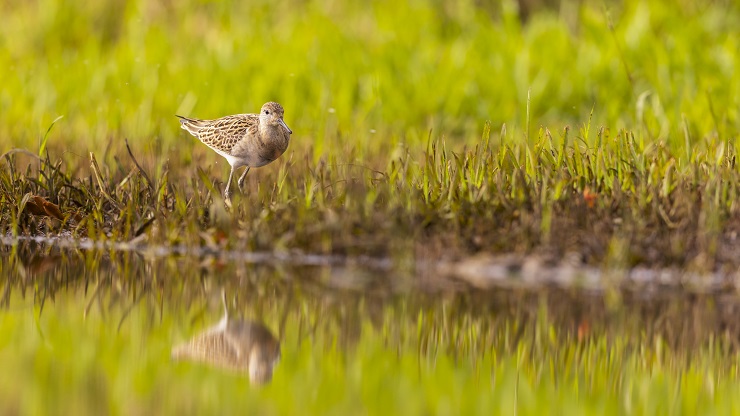
Several seasonal specialties have been arriving in the last remaining patches of wetland at the southwest end of the cigar-shaped island of Tobago here in the southern Caribbean. Being based on this island for the better part of this year has afforded me the opportunity (for the first time) to bear witness to the movement of bodies through these quarters – and it continues to be exhilarating.
Fall migration is always exciting, but experiencing it in a different location is a whole new kind of feeling. On one hand, there is an expectation of what is possible because I know what is supposed to be passing through. And then there is the complete lottery of it, being on a different island I am on a steep learning curve regarding the subtleties of the birdlife here. I’ve been learning about what the birds I’m accustomed to seeing occupy themselves with as the months pass by. So for migration – I’m as wide-eyed as they get.
Although we have been seeing shorebirds for a while now (and an infuriating Northern Waterthrush near to where we are staying who refuses to have its picture taken), the uptick in uncommonly seen species began in late October with three Bobolinks. According to the distribution map, their migration takes them as far south as Argentina, but decidedly less common in central and eastern South America. I’ve seen them many times on Trinidad but they are much rarer on Tobago.
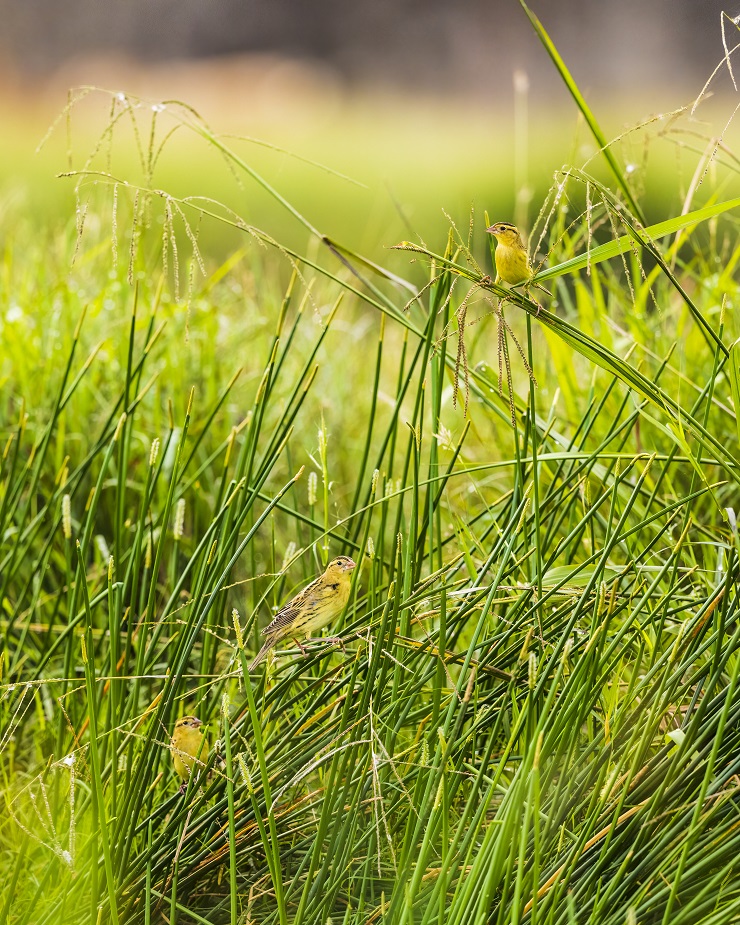
Bobolink
On the same morning after we saw the Bobolinks, I attempted to have breakfast parked up in another marsh. I was unable to even get halfway through my oatmeal when I noticed a pair of warblers feeding on some overhanging vegetation. They were yellow, but not that yellow. The only time I had seen Blackpoll Warblers previously was one forty feet overhead that I nearly burned my eyes out trying to discern leg color. So the truth is – I wasn’t really sure if I had seen this species before or not. But on this morning – it was undeniable.
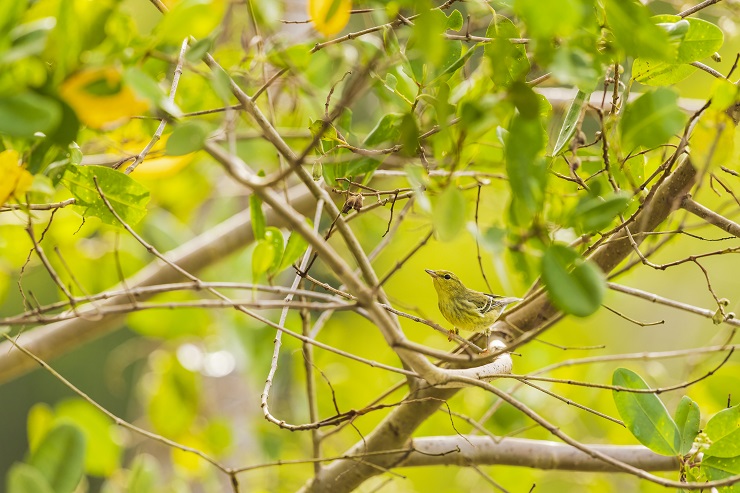
This eye-level Blackpoll Warbler was the first of many sightings of this species I would enjoy in the coming weeks.
While trying to track these warblers I noticed a couple Tropical Mockingbirds moving through the canopy. A pair flew from one tree to another, their long, grey and white tails would fan out as they were about to land. As I enjoyed this, another, long-tailed bird seemed to follow their route from one tree to another. This one, however, was brown. And had conspicuous white spots at the end of its tail.
As quickly as I could without breaking character (more on that on another forum) I scrambled to get a clear view of this bird. It was definitely a cuckoo, but which one? At first I thought finally I’m gonna nail a Mangrove Cuckoo – but once I saw it again I knew it was not; it was a stunningly beautiful Yellow-billed Cuckoo. The only other time I had seen this species was also in Tobago – also while attempting to eat – but that one disappeared relatively quickly. This time, I was able to spend about ten minutes with this bird, closely observing it as it hunted from branch to branch, from tree to tree.
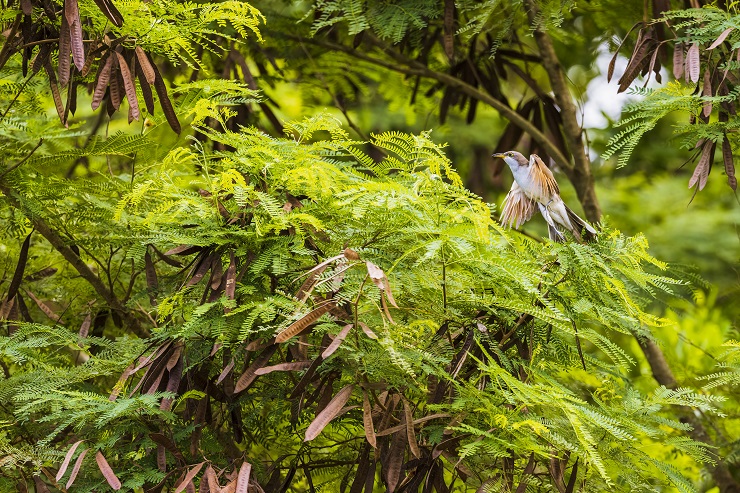
Yellow-billed Cuckoo
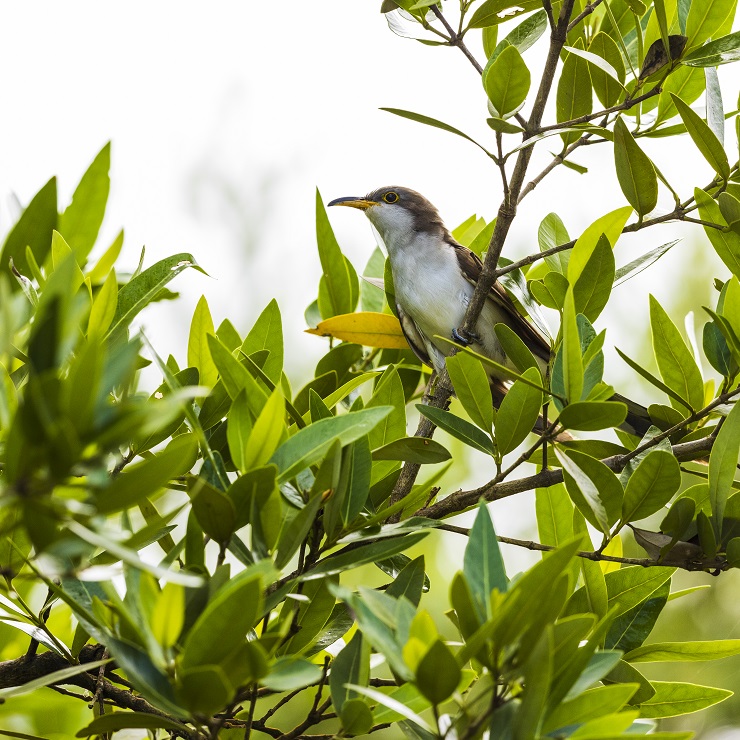
I’m in love.
On another visit, we continued to enjoy excellent views of the pair of Blackpoll Warblers, this time there was another pair of warblers lighting up the swamp. The unmistakable and incredibly unique shade of yellow on a Prothonotary Warbler is a literal beacon in the shade.
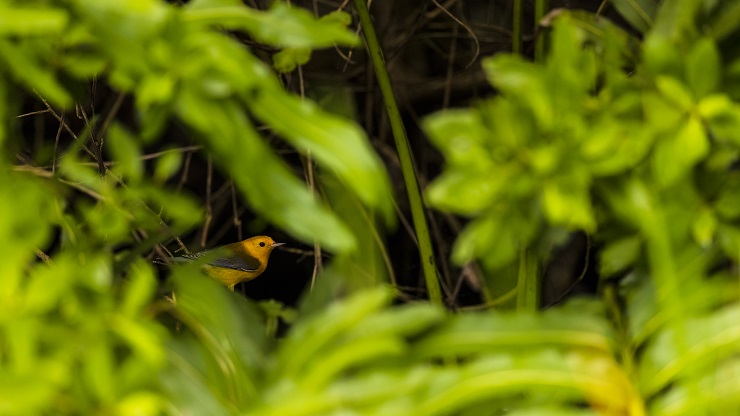
Prothonotary Warbler
A brownish shorebird feeding alongside some Lesser Yellowlegs caught my eye, I looked at it with binoculars through the windshield and immediately called it as a Buff-breasted Sandpiper. I photographed it briefly before it flew away and drove home, as it was already late. I sent out a message on the local bird alert. The following morning I sent out pictures of the back of my camera, and a keen-eyed birder responded with a “What is this?” – I immediately looked at the picture again and did the classic double take I grew up seeing in cartoons – the bird was no buffy, it was a Ruff.

This Ruff flew across the Atlantic to get here.
The latest unusual suspect we saw on another morning was a Hudsonian Godwit being harassed by two Willets. In fact, it was the ruckus of the Willet pair flanking this bird that made me turn around to see the Hudsonian Godwit looking rather bewildered in the middle. That argument didn’t last long, however, and silence soon returned to the marsh.
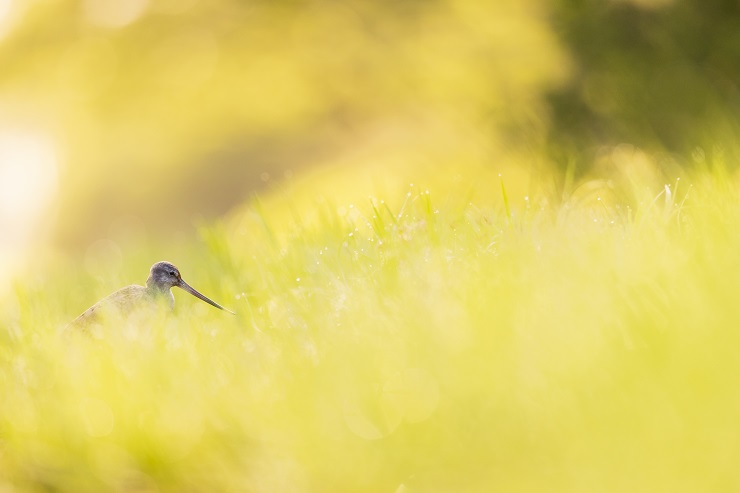
Hudsonian Godwit
Last few times we’ve visited the area since have not yielded anything out of the ordinary. I still enjoy the Willet/Whimbrel supposed friendship, and the search for a hidden Wilson’s Snipe continues.













Great post, Faraaz!
Thanks, Paul!